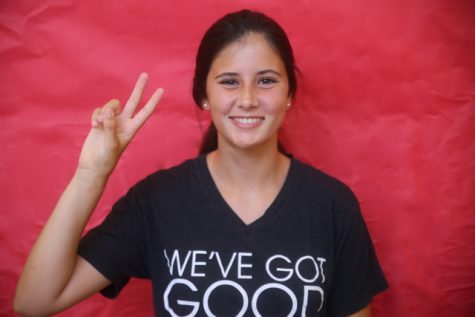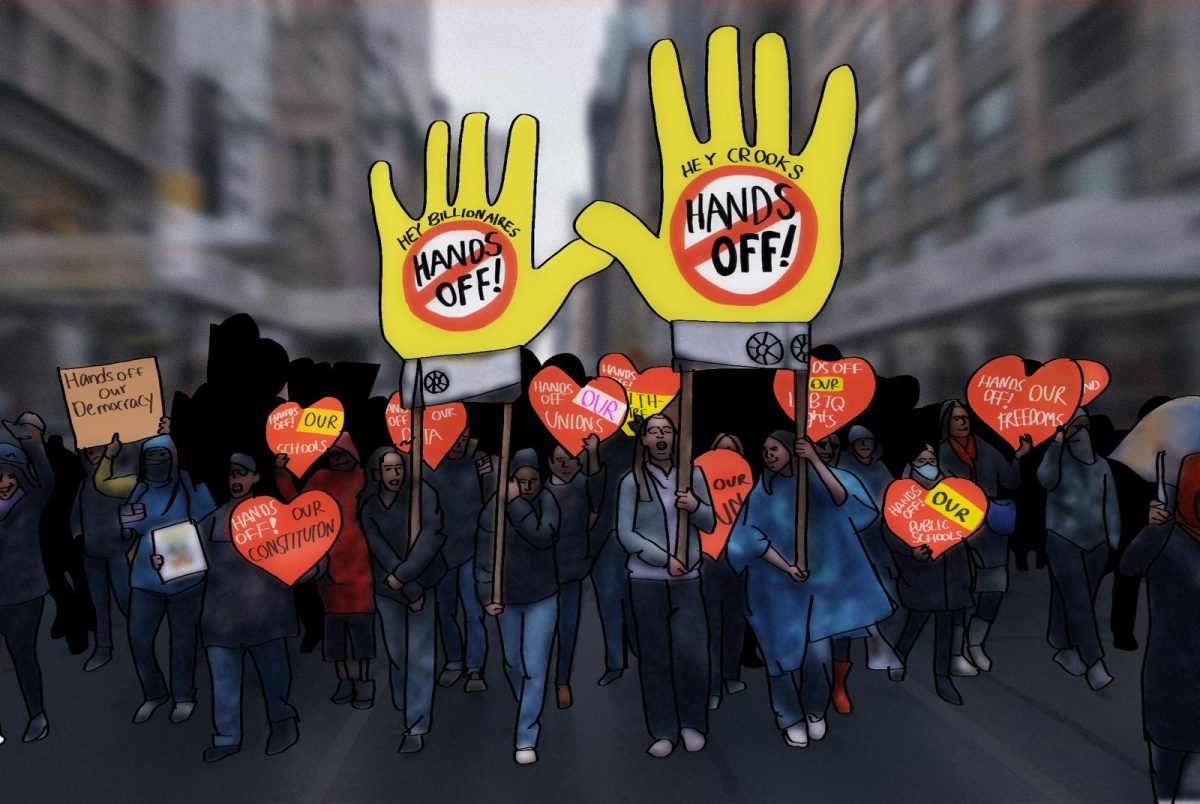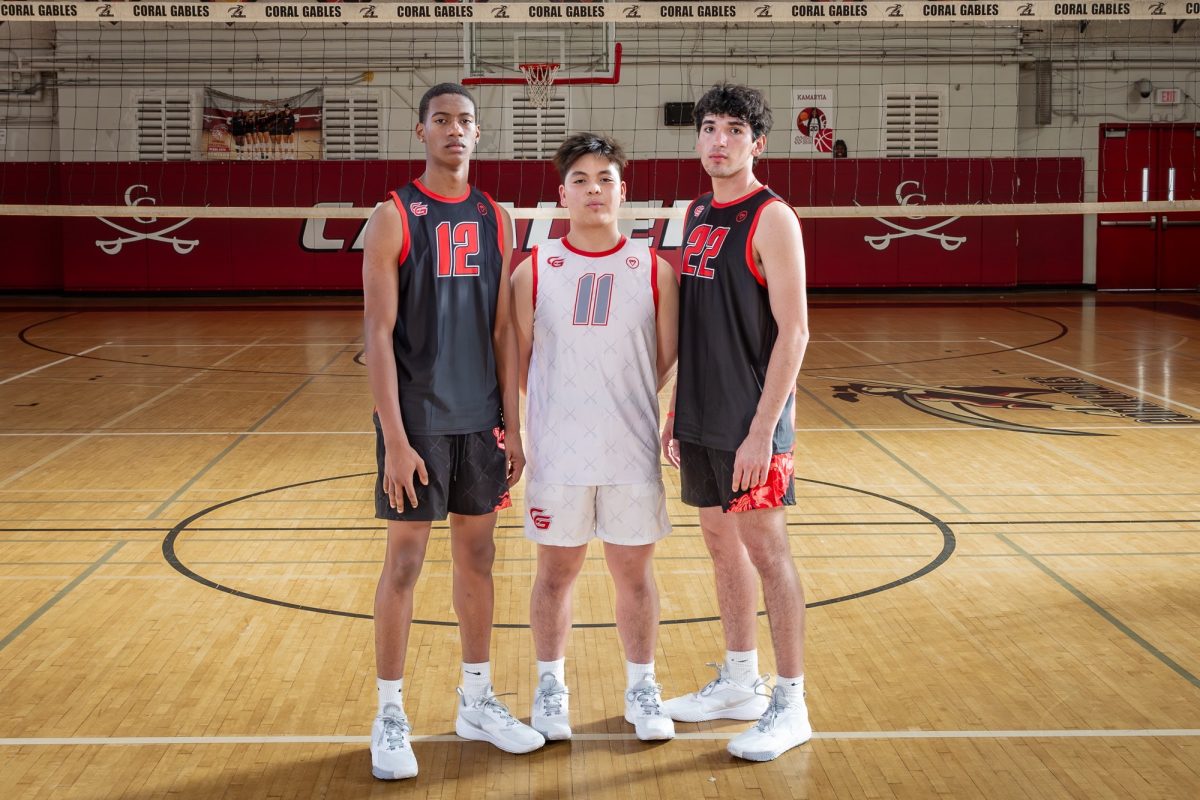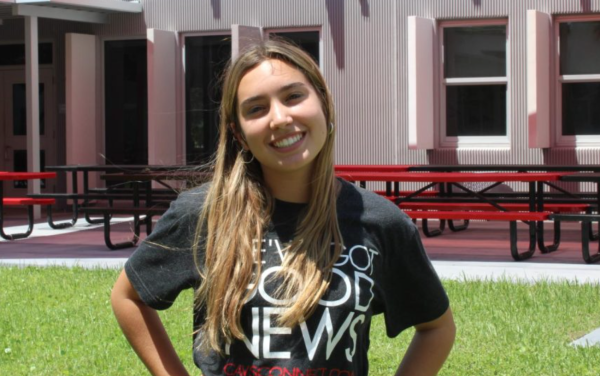Is Training for Competitive Sports bad for Kids?
Pretty soon, future Olympic athletes will be training as soon as they can crawl!
Nov 2, 2016
More and more child athletes are beginning intense training routines at young ages each year to try to stand out among their competitors and to break impressive records. The issue of whether young children should be training so vigorously has become a controversy in recent years. Pushing your child towards sports at a young age can improve their overall performance in school and give them an early sense of determination and maturity, while also allowing them to develop a sense of belonging. However, it has also been proven that intense training in young children can delay the onset of puberty and put stress on growth plates. With the proper training and safety measures in place, training for competitive sports at a young age should not be detrimental to the child’s development.
Katylynn and Heather Welsch, ages 15 and 13 respectively, are two of the fastest endurance runners in the United States. At just nine years old, Katylynn began competing in some of the most elite races in the country. At 13, she began running full marathons and often placed. When Heather was 11, she set the Single World Record for half marathons. The girls run at most three miles during the week and compete in races on the weekend. Rodney Welsch, the girls’ father describes Kaytylnn as all talent and Heather all hard work, making her a real threat. To make training safer, their father takes them to the doctor for regular checkups and whenever the girls complain of pain. These two are prime examples of how hard work and dedication when training at a young age can lead to athletic success without causing physical damage to their still developing bodies.
Audio PlayerIt is important to consider the social and psychological effects, including the stunting of their growth which may come from intense training at such a young age. Young athletes are more likely to experience joint injuries and broken bones due to the presence of growth cartilage in their bodies. Lastly, young athletes competing at more sophisticated levels are more prone to developing osteochondrosis, a disease causing small cartilage pieces to dislodge themselves in the joint after loss of blood flow.
In the case of Katylynn and Heather, their physician and orthopedic surgeon Dr. W. Douglas B. Hiller stated, “The distances the Welsch girls ran sounded excessive but considering the sisters were in perfect health and running was not doing them any harm I do not see a problem with them continuing their training.” Hiller agrees that while the girls should be allowed to race adult distances, he “would not forbid it, but would not recommend it.” Dr. Hller’s statement shows that training is not a problem so long as young athletes have frequent checkups to ensure they are not causing any damage to their young bones.
“Athletics are the best way to stay healthy because you are not just exercising – you are also trying to succeed and be the best in your sport. In order to do that, you also have to hydrate and eat well,” senior Moira Meijaard said.
Training at a young age as an intense athlete certainly has its downsides just like anything else. However, it is clear that the benefits override the negative aspects. As long as young athletes have proper training, the risks of performing vigorous activity are minimal and physicians do not discourage the concept.











